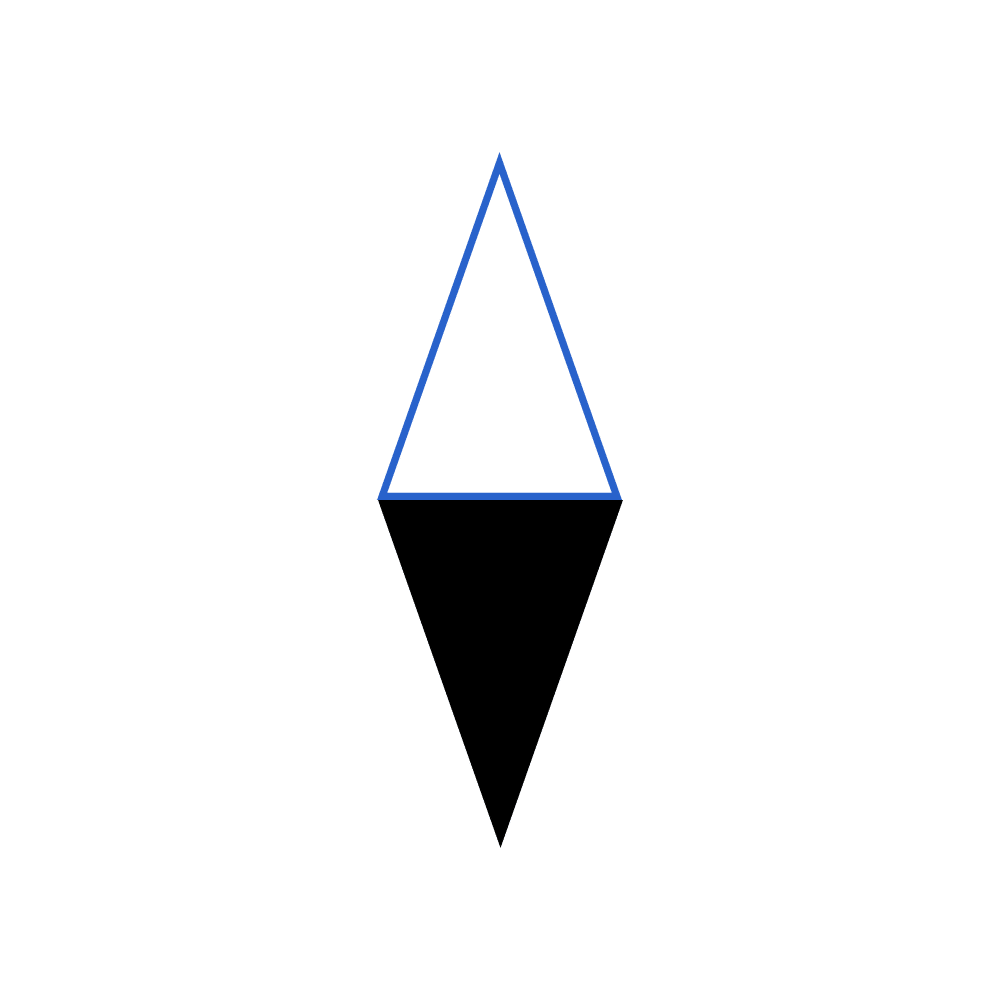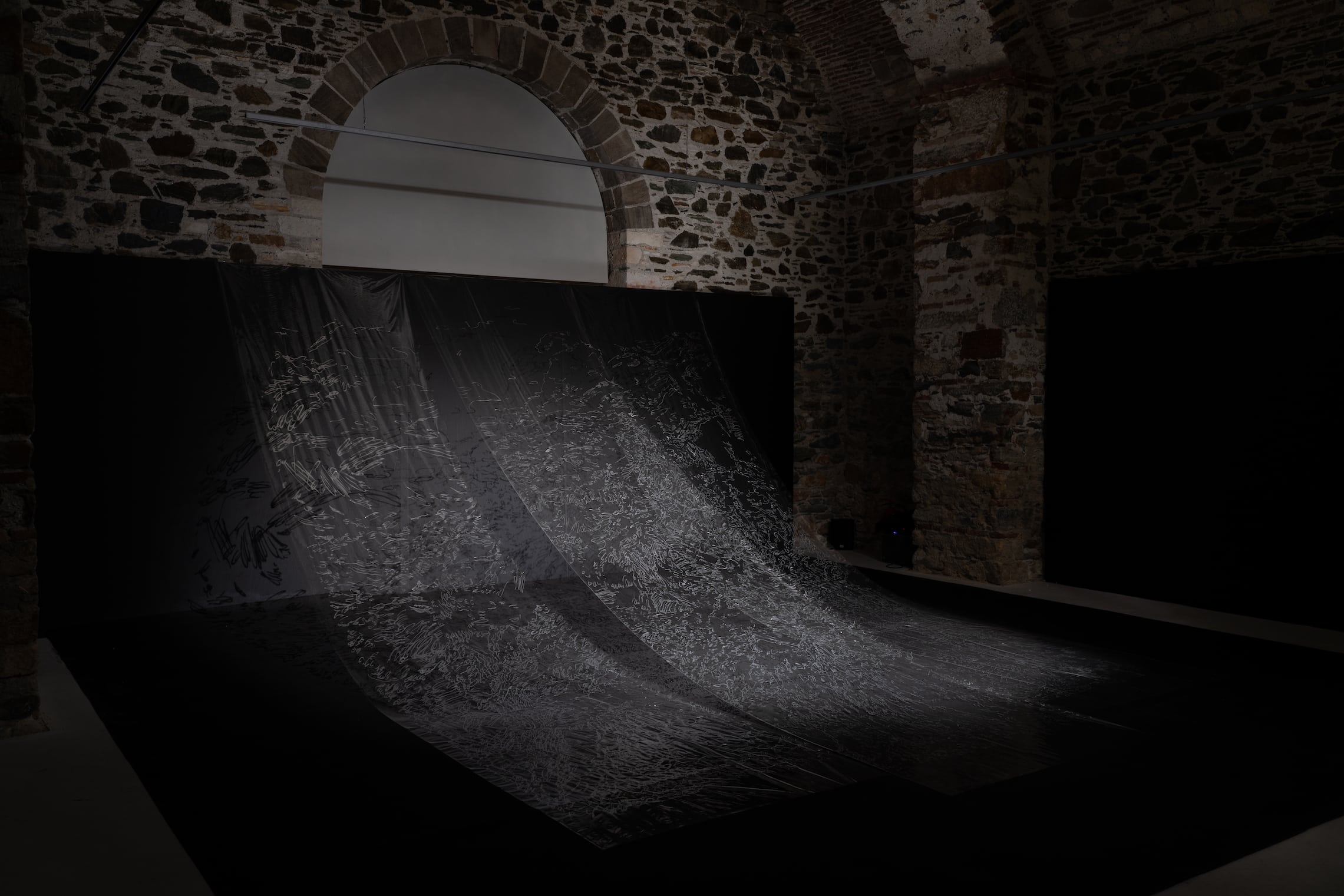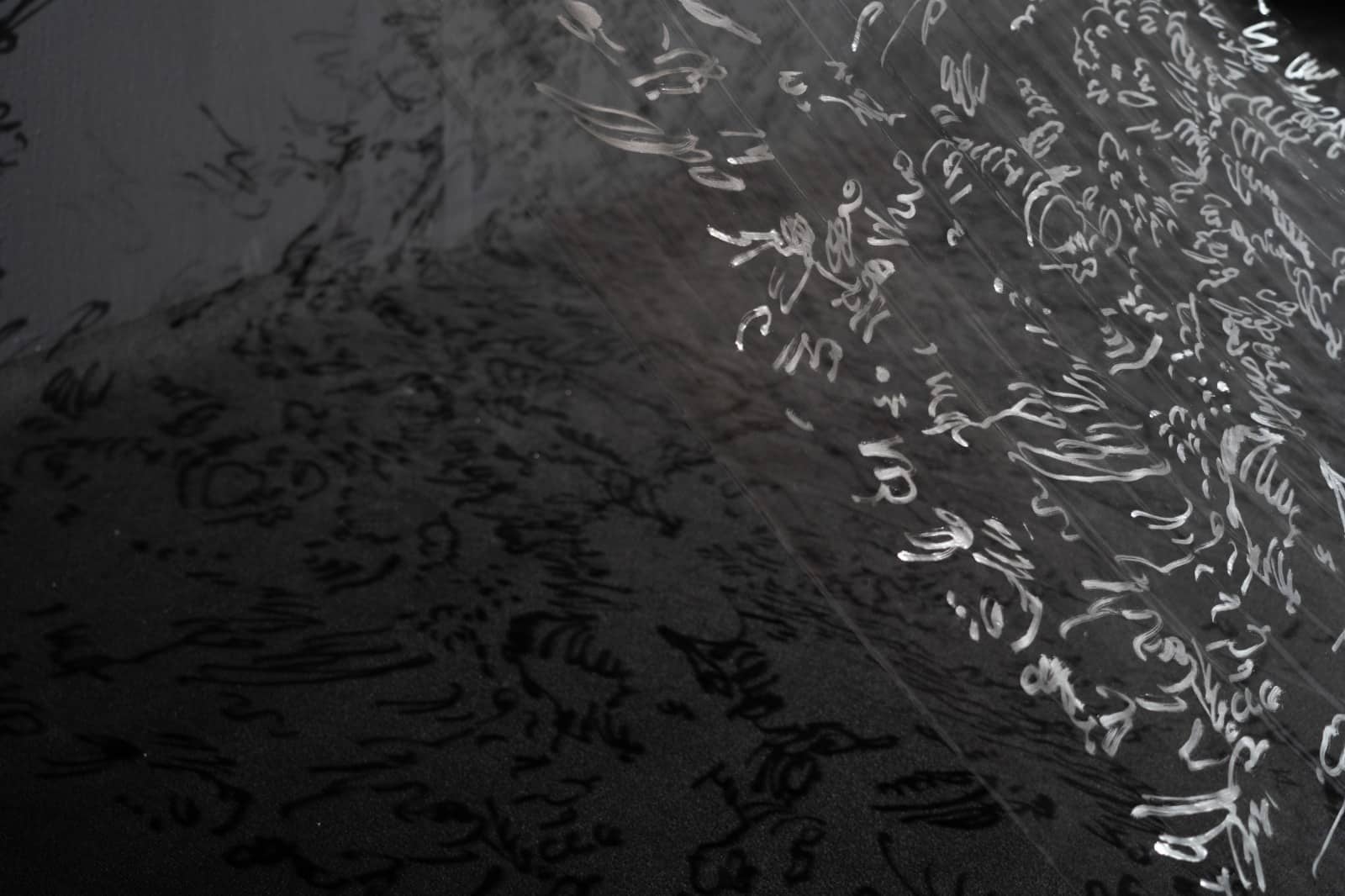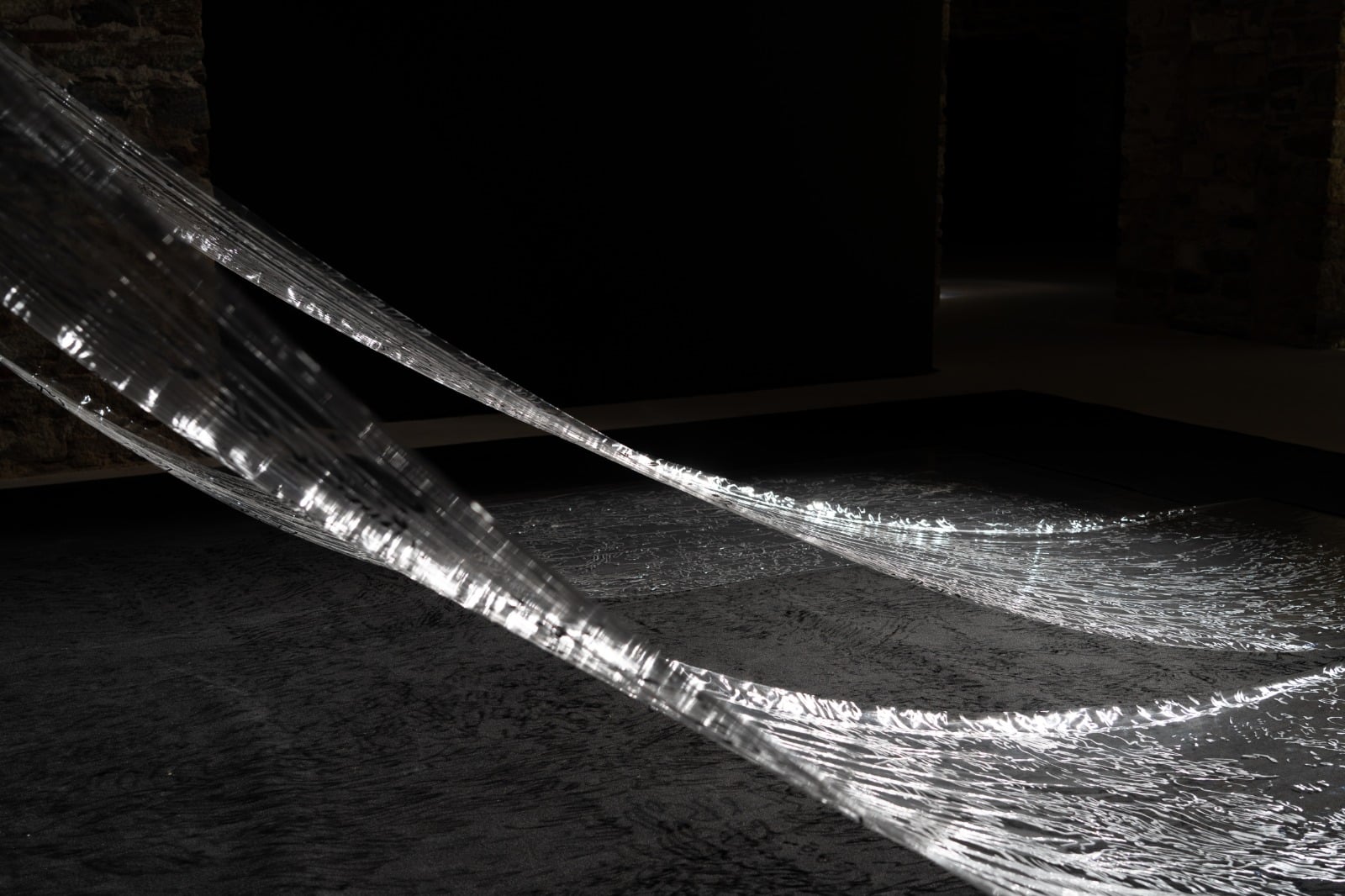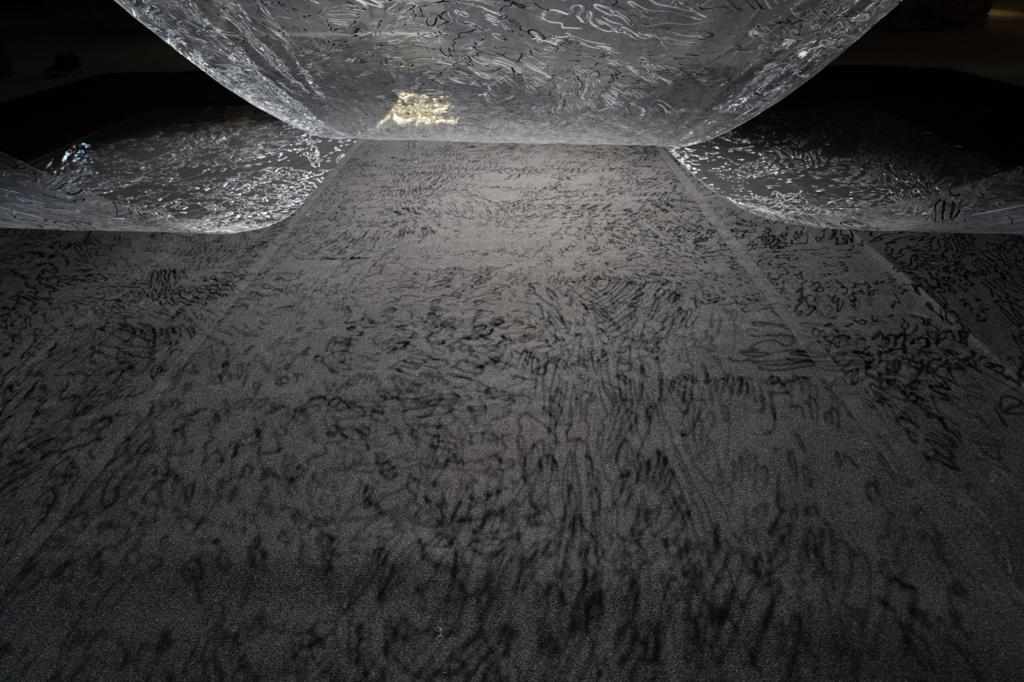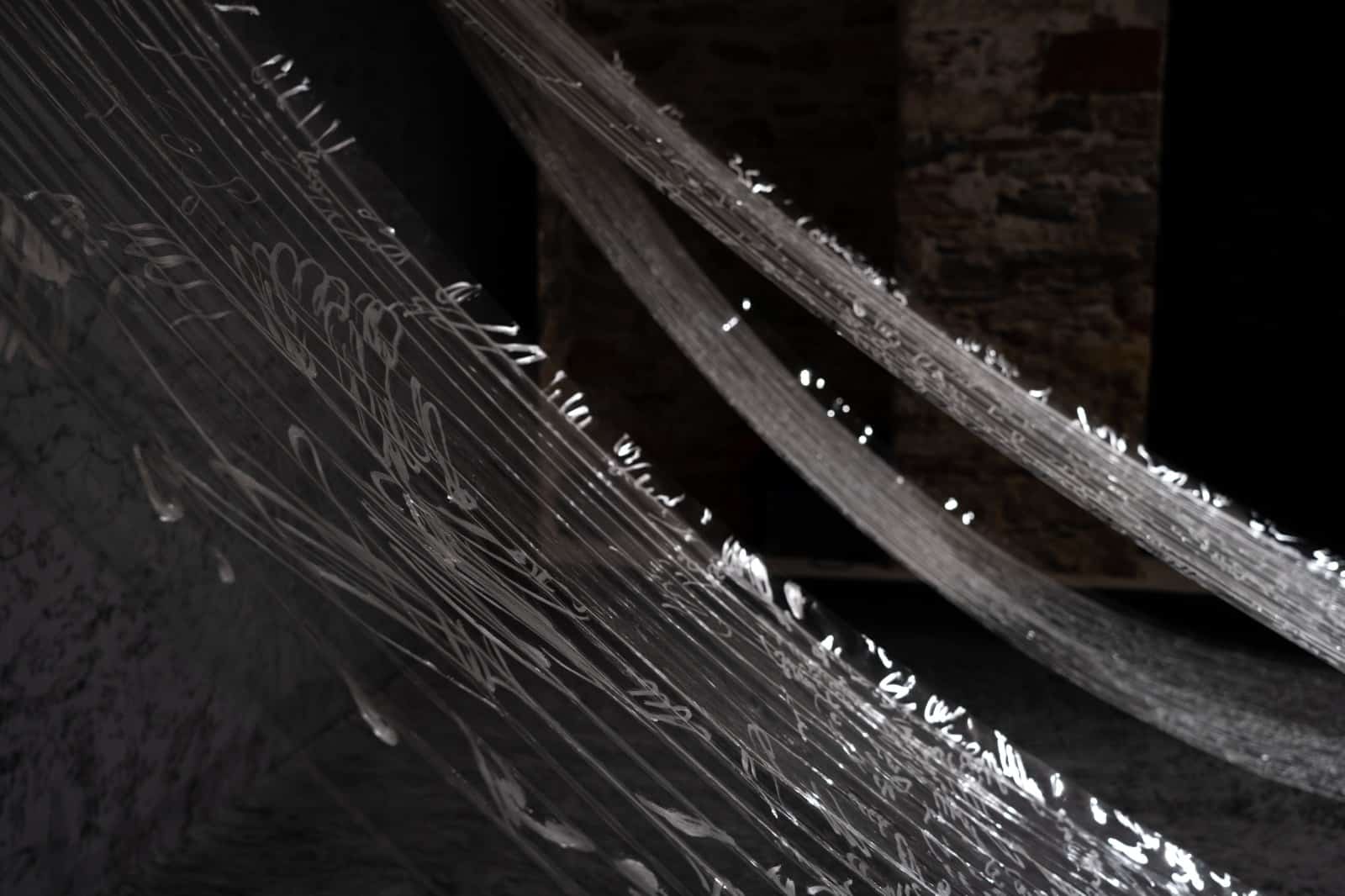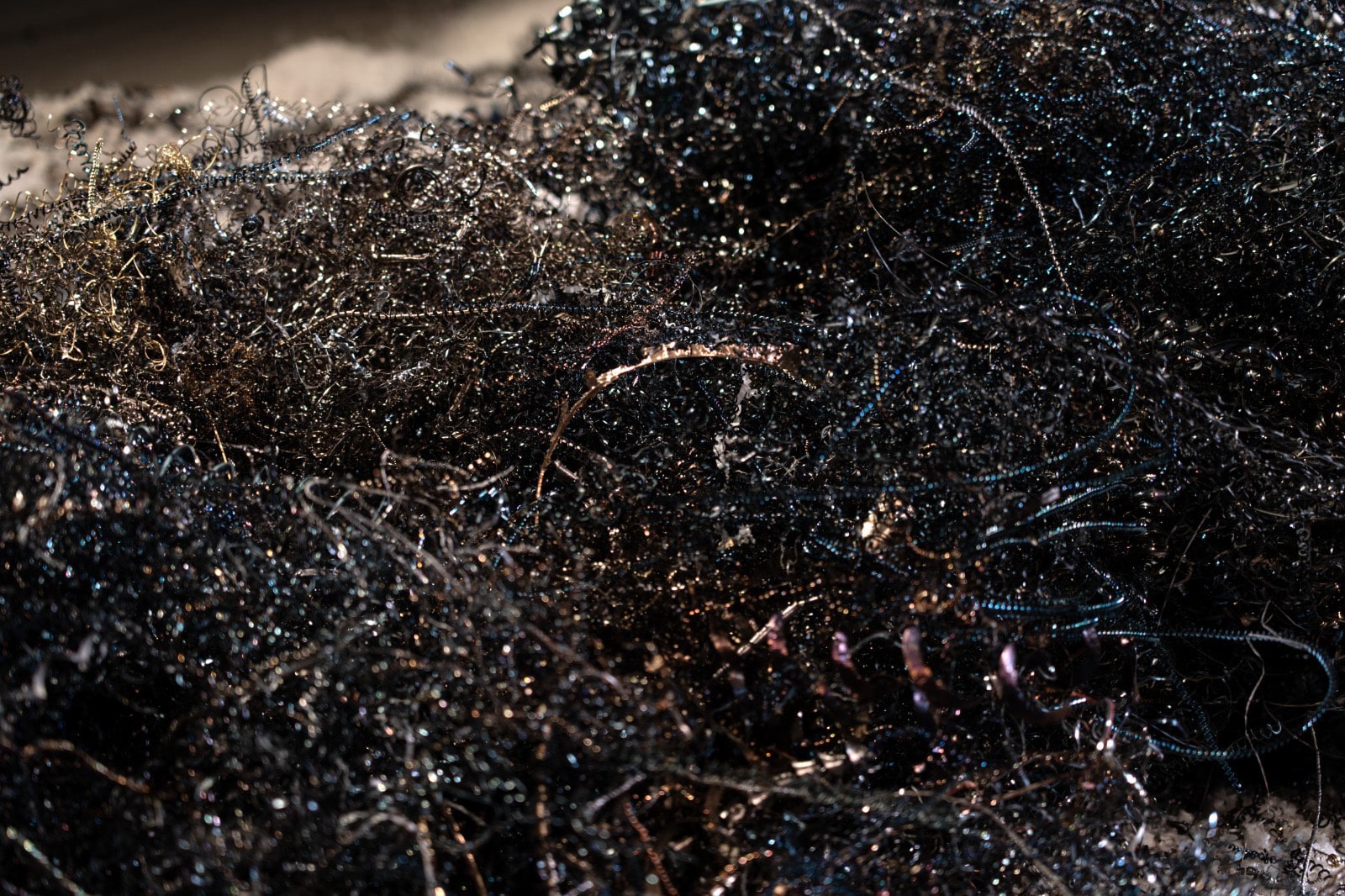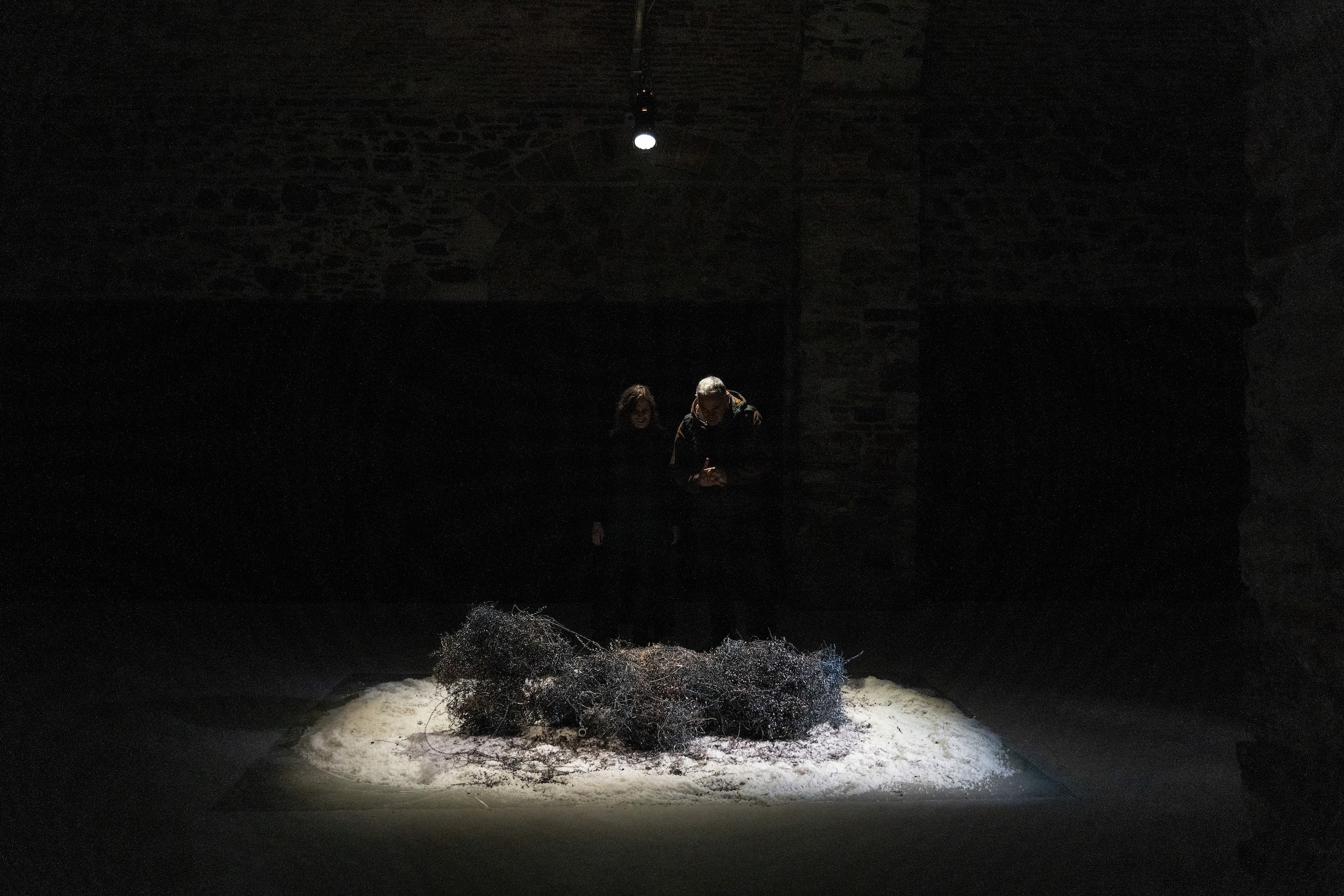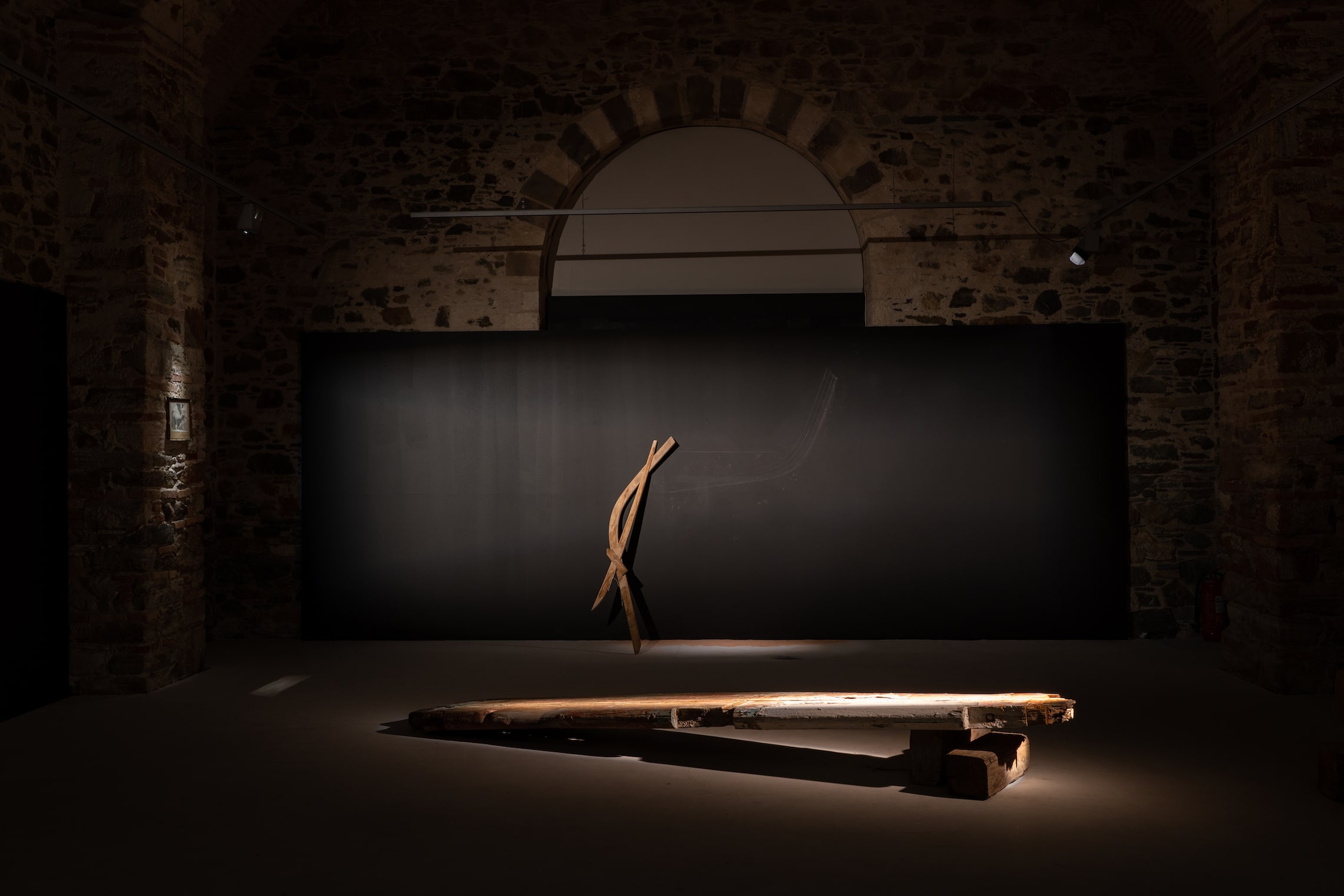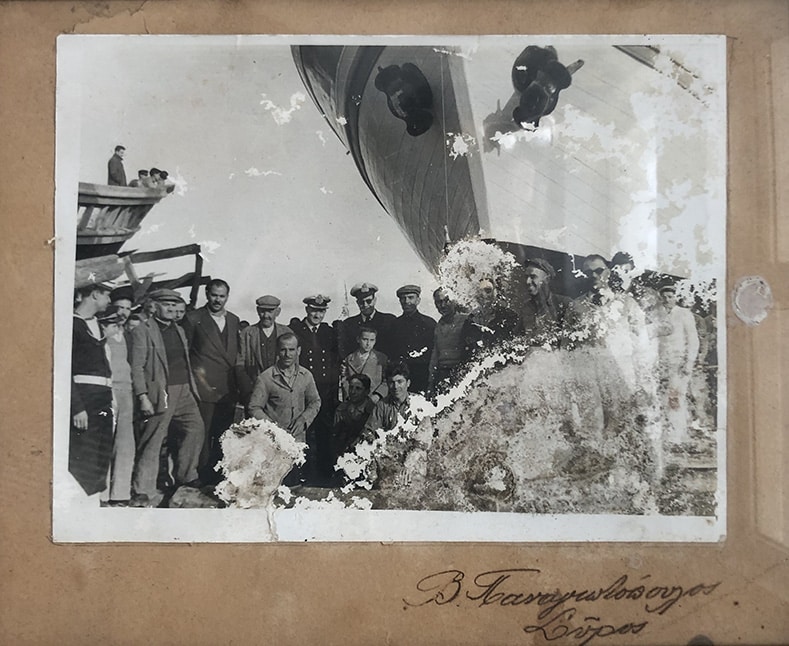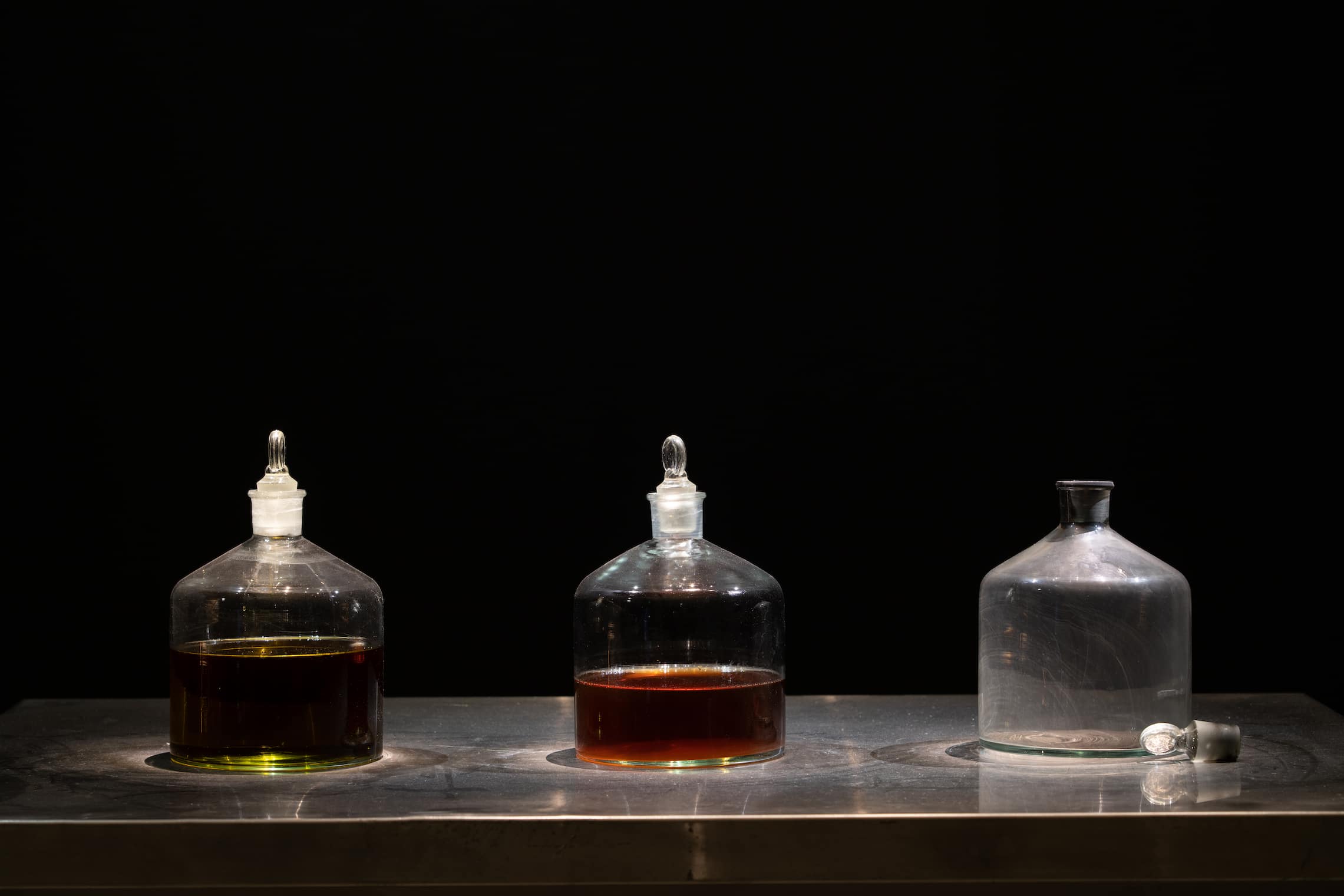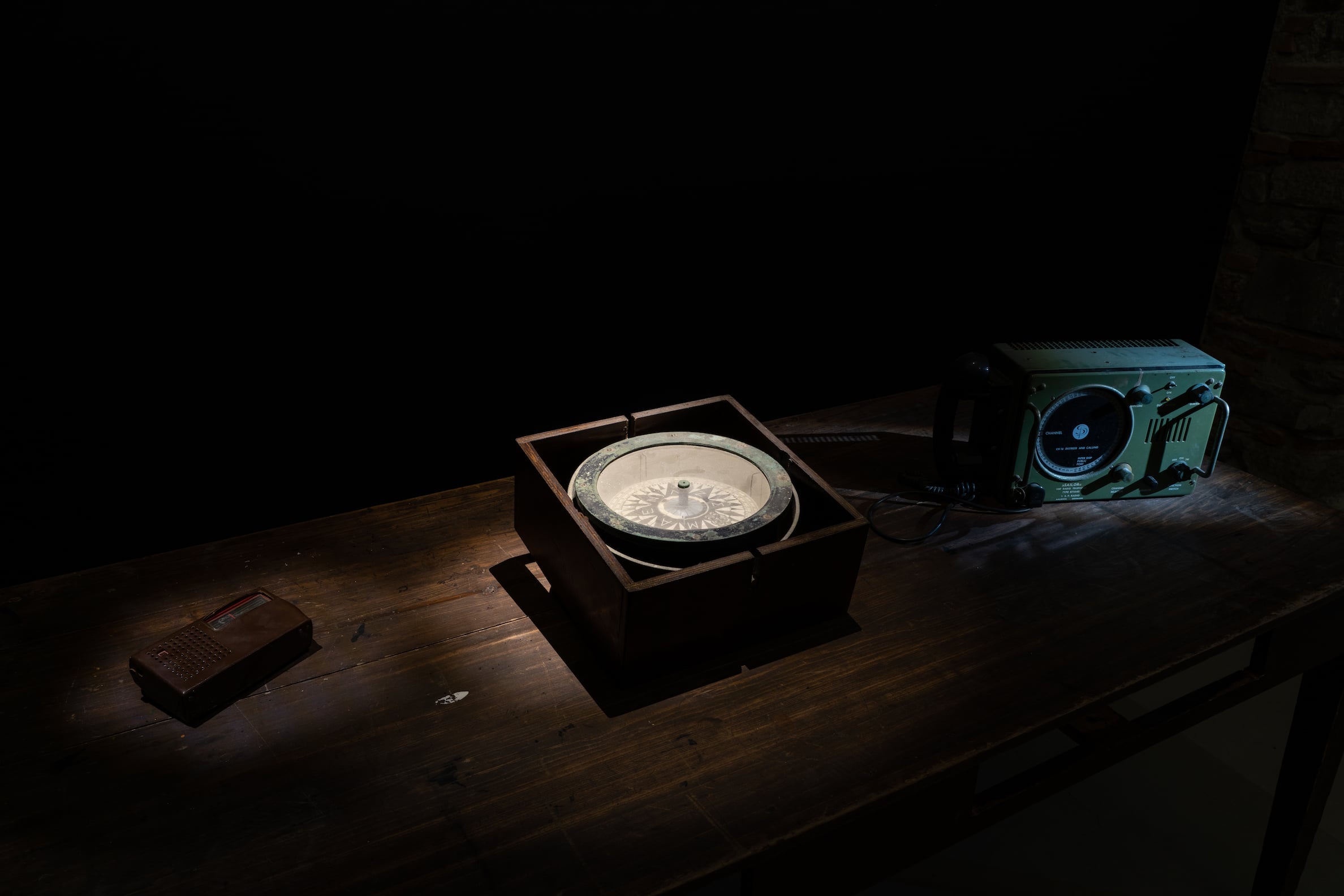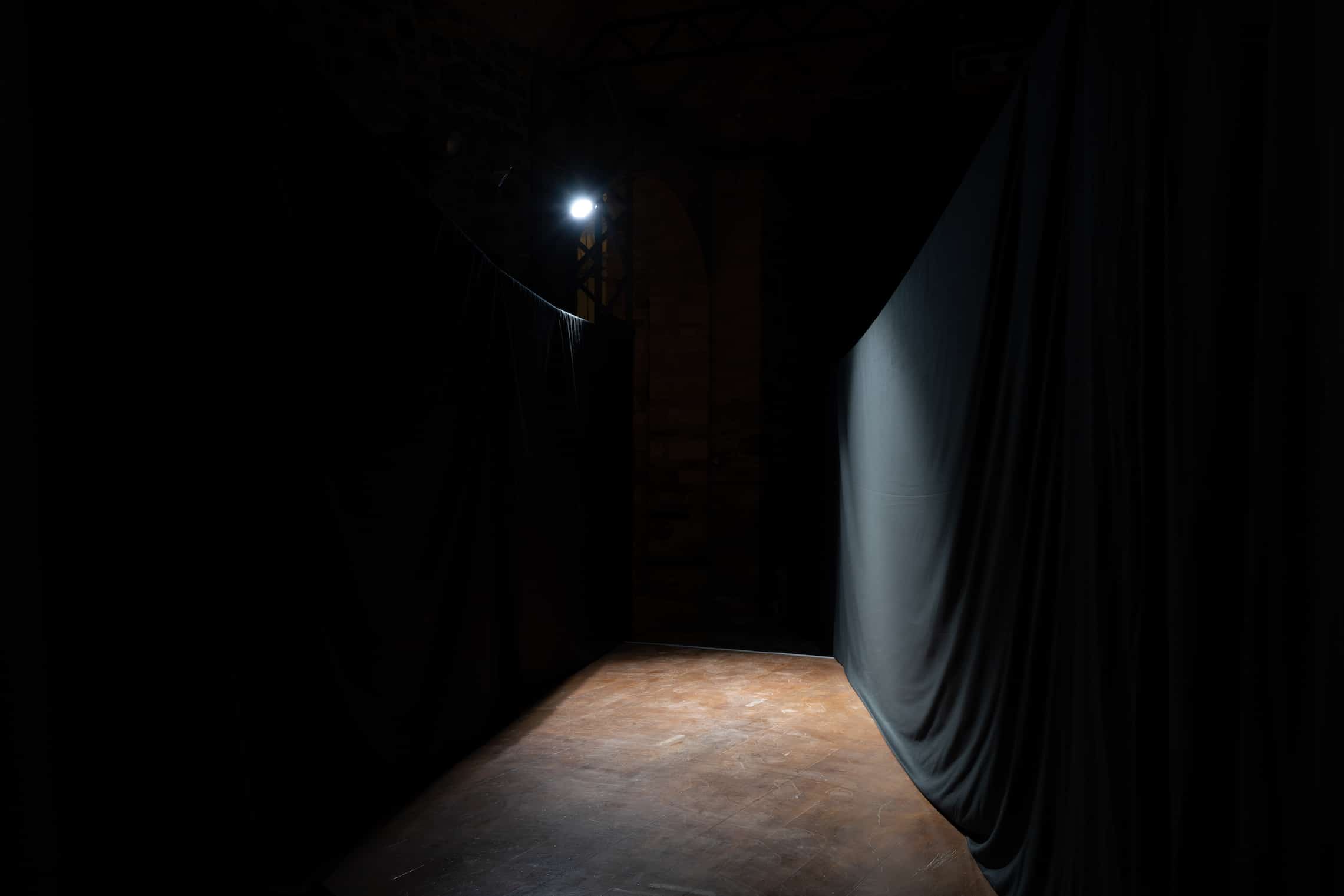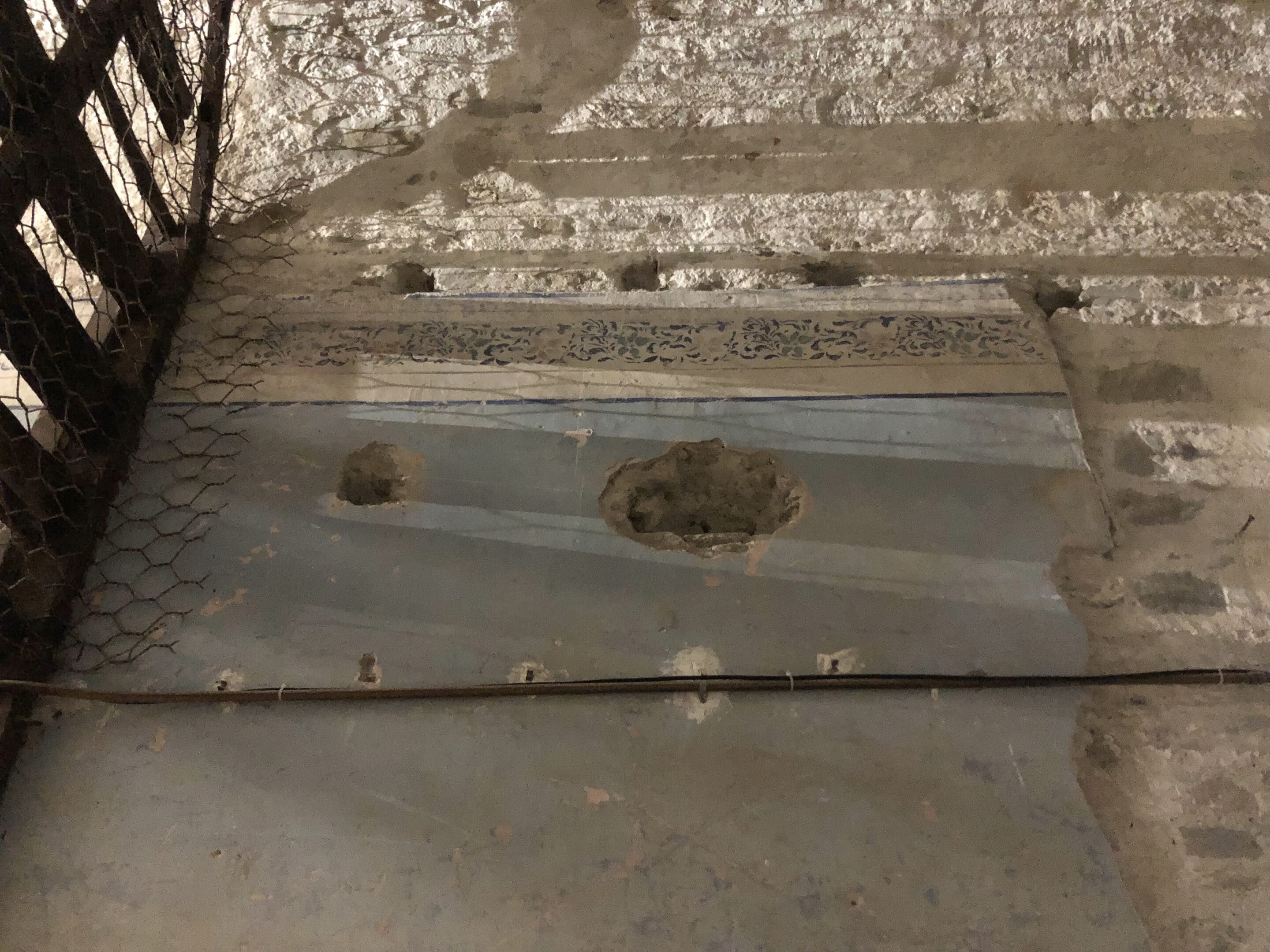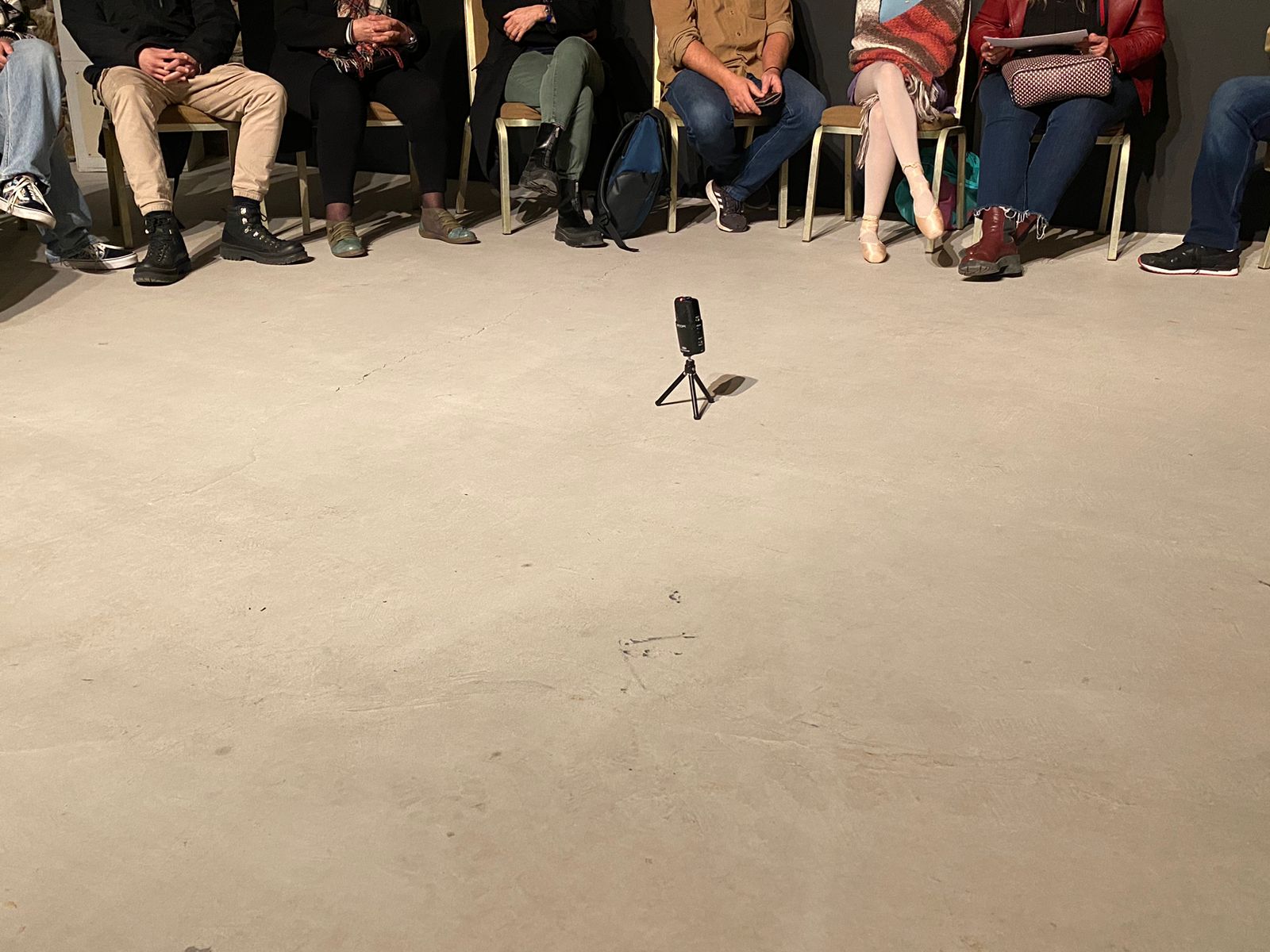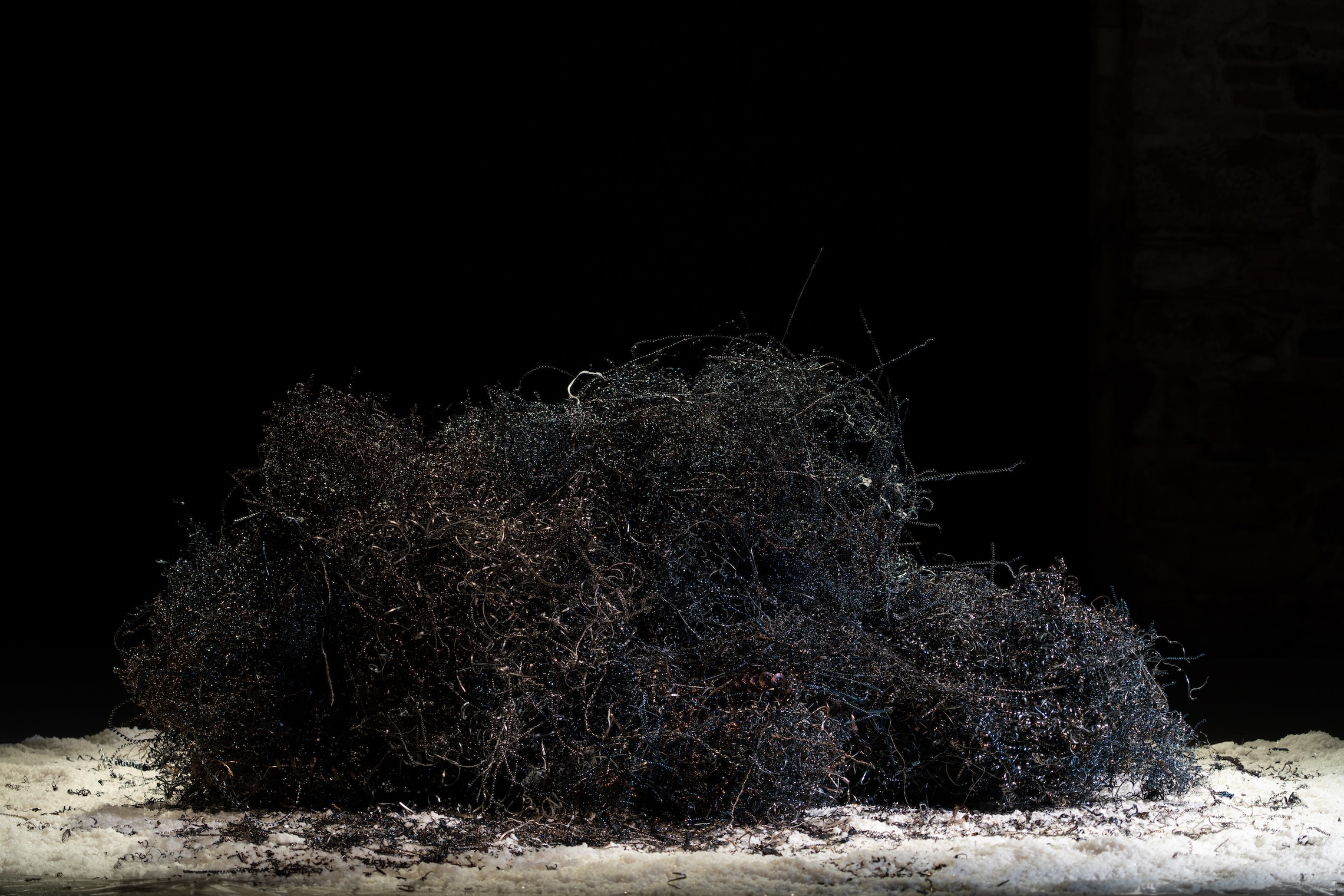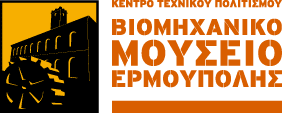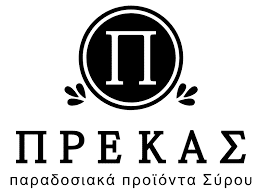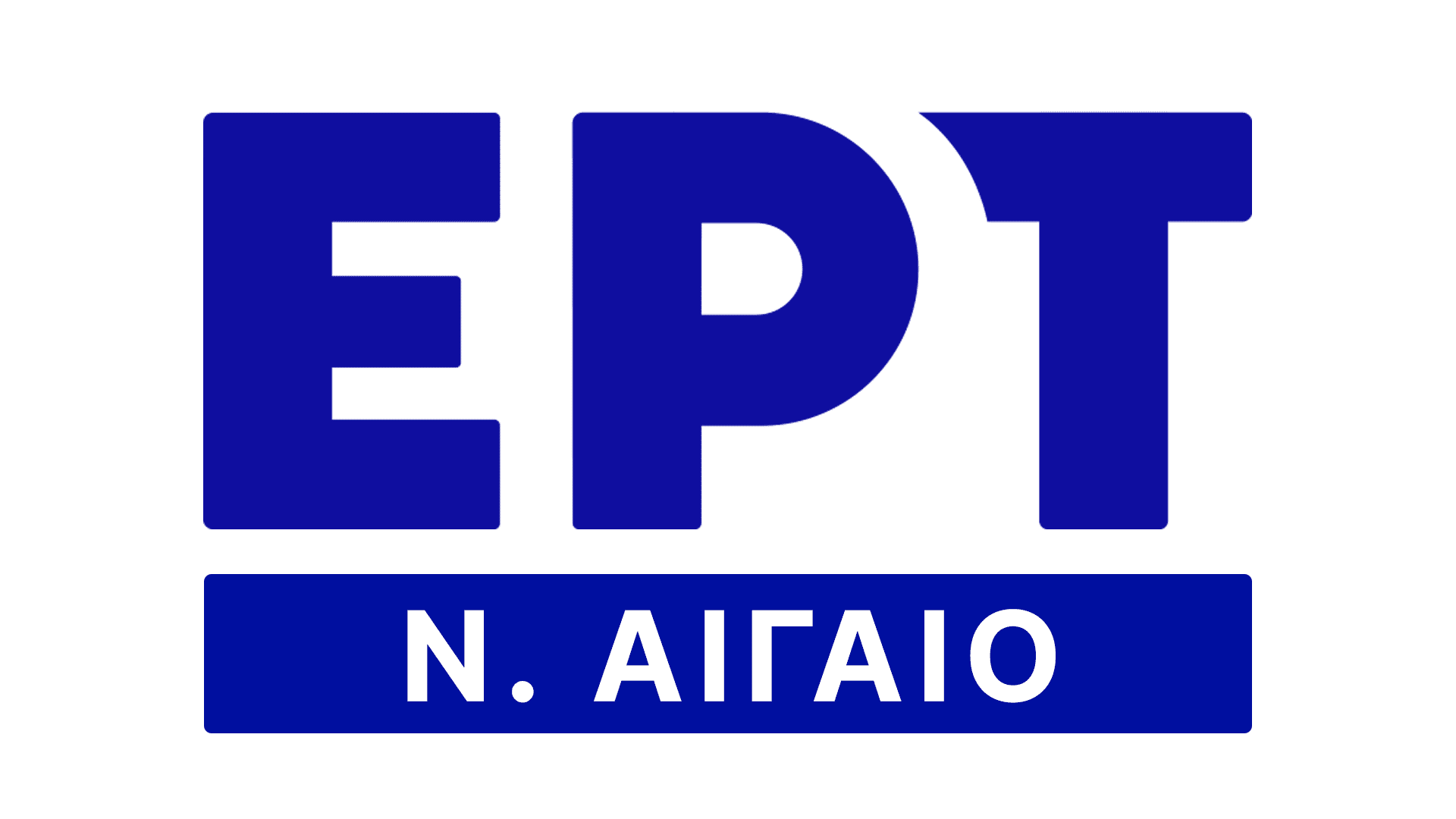Second Port – Syros
Municipal Gallery of Cyclades
The exhibition ENBANKMENT comprises the second edition of the TRANSIENS NOSTRUM project. The work, in the form of a visual and sound installation, delves into the recent history of Syros, addresses the sea as a locus of constant withdrawal and emergence, and suggests a poetic encounter with the multiple and often elusive nuances of the transformative effect of time.
17/03/2023
31/03/2023
Greece
- Project Elements
- Implementation Details
- Art / Educational Program
- Location Description
- Map
- Special Thanks
Actions/elements of the project
At the second stop of this circumnavigation on the island of Syros, the exhibition draws inspiration from Nissaki, a landmark of the area and the place where the building of the Municipal Gallery of the Cyclades is located, and focuses on its history.
THE IDEA
The exhibition revolves around the transformations of the landscape in Nissaki and the Gallery’s building, the evolution of seafaring, the concept of movement, the first quarantine house at Syros, the navigation of the unknown, and the connection of all those elements with the sea.
THE SPACE AS A DEFINING FACTOR OF THE INSTALLATION
The Gallery building was selected as the exhibition venue due to its particular history and its multiple conversions of use. Critical to the design of the sound and visual installation were the building’s location near the sea on both sides, the previous operation of the quarantine house, the successive embankments of the sea, as well as the windows with their sloping sills, from where commercial goods were transferred to the transit areas. The latter recall the image of huge mouths, through which the warehouses were constantly filled and emptied, like a rhythmic breath, necessary for the survival of the island’s inhabitants.
The installation draws inspiration from the hatches of the ships as boarding and disembarking points for passengers and goods towards the island and the transit warehouses of the customs offices, from the shipyard (“Tarsanas”) and the movement of lifting and launching the ships from the sea to the land, as well as from the quarantine houses and disinfection units of the port. Ships – wooden sailing ships and later large metal merchant ships – are the means of connecting the ports with the rest of the world.
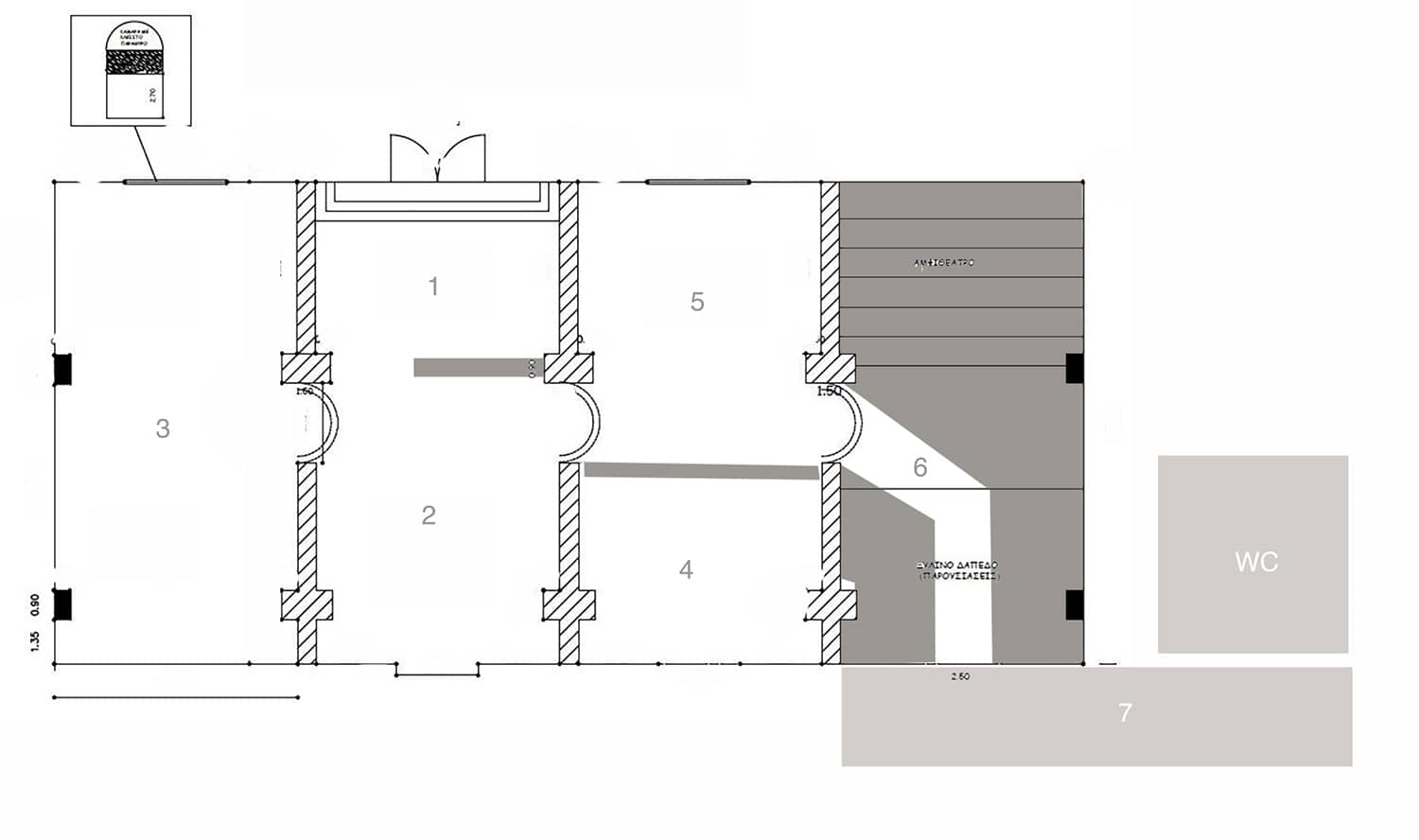
INSTALLATION ELEMENTS / LAYOUT OF THE EXHIBITION SPACES
Overall, the sound and visual installation TRANSIENS NOSTRUM_EMBANKMENTS is realised and presented as a project consisting of the following parts, as they are developed within the spaces of the Cyclades Gallery:
INTRODUCTORY SPACE (1)
- DISPLAY WINDOWS
Data from the research process. Reproduction of old photos, curtesy of Syros Industrial Museum.
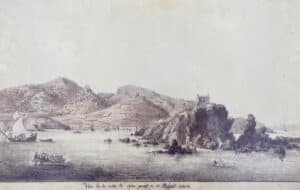
MAIN SPACE (2)
- WAVE HATCH
A large scale drawing, with metal paint on transparent surfaces, creates a poetic space through the reflections of the light, the shadows created by the drawing on the walls and the floor, and the sound environment based on the sea’s emergence and withdrawal.
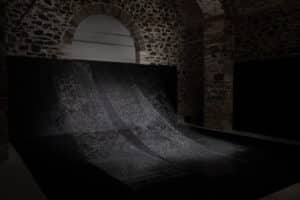
A large scale drawing of metallic paint, on a transparent surface measuring 3x4m, is placed at an angle towards the wall, resembling a ship’s hatch. The work is inspired by the reflections of the sea on the outer surfaces of boats. In the space, only the metallic colour of the design can be discerned, appearing like it is floating, with its shadows projected on the floor. The visitors can wander behind the tilting design, mingling with the play of light and shade.
The work, together with the sound composition PIER, underscores the constant transformations, emergences and with- drawals of the elements that mould a place of marine flow and “moored” stability.
RIGHT HALL (3)
- SHIPYARD – SOUND ENVIRONMENT
- WASTE
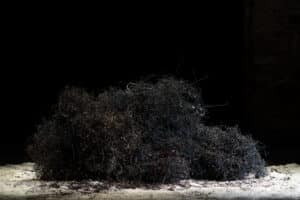
The work comprises an installation based on metallic scrap waste that has been collected at the Shipyards and it is presented on top of a layer of raw salt, in the middle of the exhibition space.
A composition based on the sound environment of the ONEX shipyard at Syros. A field recording bearing the sounds of the still operating shipyard is emitted across the space.
LEFT HALL
SPACE (4)
- TARSANAS SHIPYARD
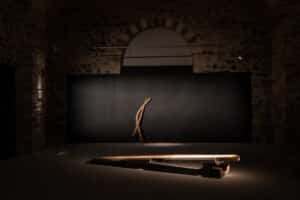
The installation comprises an old and decayed wooden part of a traditional boat, the traditional instruments that are used to design of a new traditional boat, traces of a boat plan designed on the black wall by Makis Mavrikos the owner of the most ancient traditional shipyard of the island, and an bygone picture of the Tarsanas shipbuilders.
SPACE (5)
- DISINFECTIONS
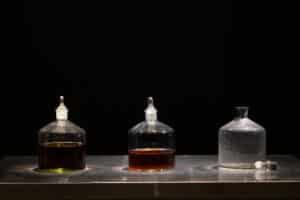
Glass volumetric bottles installed on a lightbox, containing olive oil, vinegar, tobacco, and whitewash, that is the materials used as natural disinfectants for the treatment of contagious diseases. The work refers to the first quarantine house operating in Syros in the area of Nissaki before it moved to the area of Lazaretta, as well as the cloth- ing disinfection unit of Alexandros Maschas that operated next to the shipyard since 1901. The separation of the hall into two sub-areas refers to the condition of confinement and isolation imposed in quarantine houses.
- DISCUSSION
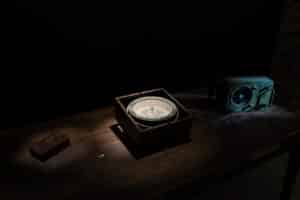
A discussion between Tasos Sakellaropoulos, Head of the Benaki Museum Historical Archives and a member of Contemporary Social History Archives (ASKI) and the two artists, Christina Nakou and Anna Pangalou, is transmitted through a radio / VHF, in which issues such as the ecumenical dimension of ports and the concepts of trans- port and the unknown are being addressed.
THEATRE SPACE (6)
A passage suggested by dark-coloured curtains directs the visitors towards the corridor that leads to the restroom area.
- SIRENS _ a vocal performance derived from activation of the WAVE HATCH, is calling the spectators to visit the space. Two voices of sirens are in dialogue with the spectators in a harmonic and dissonance soundscape.
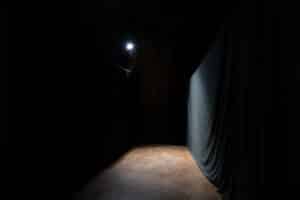
CORRIDOR – RESTROOMS (7)
Right before the end of the exhibition space, next to the toilets, there is a narrow space, where many historical architectural elements of the building remain visible and preserved; natural salts on the floor, the stone masonry, the windows with sloping sills, a wire partition, a skylight on the roof, among others, are being discerned.
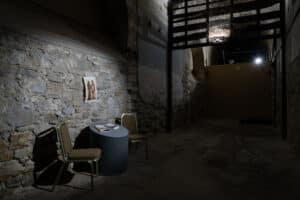
- RESTROOMS
PERFORMANCE
Abstract vocal performances are being presented in the course of the exhibition, in which Anna Pangalou employs the poetic space as a three-dimensional music score that converses with the passage of time. The melodic trajectory of the voice echoes the shapes of the artworks and interacts with the sound environment of the exhibition. The tonal colours are informed by the works’ reflections, the lighting of the spaces, and the traces of time in the interior of the Gallery of the Cyclades. Vocalisations,and melodic phrases seek contact with people and their stories. Performances are activated spontaneously without an official announcement. They are recorded, collected, and emitted in the spaces, weaving overall the ENBANKMENT composition.
DIALOGUE – ENGAGEMENT OF THE AUDIENCE
The exhibition visitors are invited to wander through the sound and visual installation and develop connections with the transformations of the site, as well as the building’s history, architecture, and operation. The exhibition is set to highlight the history of Syros and the changes brought about by the arrival of the refugees during the 19th century, the growth of seafaring, the flourishing of Hermoupolis and the economic role played by the customs offices, the epidemic crises of contagious illnesses that led to the quarantine house’s operation, the modern conversion of the transit warehouses to the Municipal Gallery, and, finally, the designation of the building as a work of art. The visitors are invited through the installation to elicit personal remembrances and their families’ histories.
During the exhibition, a series of discussions and lectures related to the port’s history will take place, while there will also be an open invitation from ISTORIMA Archive to the public to record their oral histories.
DEVELOPING SYNERGIES
In the second edition of TRANSIENS NOSTRUM, a collaboration network is further organised with the Historical Archive of Syros, from which information on the broader history of Nissaki was drawn; ISTORIMA ARCHIVE, whose researchers will collect narrations-interviews from the exhibition visitors; historian Tassos Sakellaropoulos, Head of the Benaki Museum Historical Archives and member of Contemporary Social History Archives; the Children’s Library of Syros, which will host the art workshops after the exhibition’s closure; the schools of Hermoupolis and elderly open care centres for their participation in the workshops; the University of the Aegean and the Department of Product and Systems Design Engineering, for the design of the game that accompanies the workshop and the exhibition’s operation (student internship), and the city’s scientists and artisans, for the lectures/discussions.
SUSTAINABILITY AND FOLLOWING STEPS / ART PROGRAM
The exhibition TRANSIENS NOSTRUM_EMBANKMENTS is complemented by an art program designed for children, teenagers, young and elderly people that will be implemented in collaboration with the Children’s Library and other educational organisations of the island. The connection with the local community is deemed important for art to function as a bedrock for the fostering of spirit, body and mind. The exhibition, beyond its cultural content, seeks to initiate an abstract poetic space that embraces the visitor and allows them to connect with loss, change, the fragility of the body, and the psychological experience, by following their own rhythm. The recollection of memories and the narration-recounting offer here an opportunity for emotional decompression and connection with the Other, within the literal and metaphorical interchange between the emergence and withdrawal of the sea.
TRANSIENS NOSTRUM _ ART WORKSHOP Train the Trainers
The exhibition is complemented by an art workshop social program in the framework of TRANSIENS NOSTRUM, which will be delivered in the form of a Train the Trainers seminar to the educators/initiators who will continue the program after the exhibition’s closure. The workshop material will be assembled and uploaded on a website and it will be broadly available to the public. The objective behind the platform is the mapping of the peoples of the Mediterranean through the history of its ports, a history of ceaseless arrivals and departures, successive withdrawals and emergences.
The workshop aims to provide the participants with the opportunity to communicate their outlook on a world constantly shifting and, at the same time, to explore the connection between all natural elements and their interaction within the broader state of affairs.
The workshop is based on the intimate experiencing of the abstract poetic space suggested by the visual and sound installation TRANSIENS NOSTRUM_EMBANKMENTS, through the concurrent activation of the auditory and visual perceptibility of the participants. The visitors are invited to connect with the space, the history, decay, change, the sea, and the body’s fragility through multiple aesthetic, sensory, and mental stimuli.
Parallel to their artistic work, Christina Nakou and Anna Pangalou have organised and curated over the last ten years original art programs for children and young people, collaborating with, among others, the Benaki Museum, the Museum of Cycladic Art, Art Athina, the Onassis Foundation, California Institute of the Arts, Design Based Learning/ArtCenter College of Design Pasadena CA, Geneva University of Music (Geneva HEM), and the Dutch Art Institute.
The Port
Hermoúpolis, Modern Greek Ermoúpolis, chief port of the island of Syros (part of the Cyclades group in the Aegean Sea), South Aegean (Modern Greek: Nótio Aigaío) periféreia(region), southeastern Greece. The seat of both a Greek Orthodox and a Roman Catholic archbishopric, it was founded in 1821 at the beginning of the War of Greek Independence by Greek refugees from Psará and Chios. The city’s classical-revival architecture reflects its former importance as a Greek trading centre. The Catholic quarter, Áno (Upper) Síros, on the south hill, has many descendants of the Venetian and Genoan 13th-century settlers who remained under the Turks with protection from the kings of France. On the north hill is the Greek Orthodox quarter, Vrontado. Still the most active port in the Cyclades, Hermoúpolis has dry-dock facilities, ironworks, cotton mills, and tanning industries. Pop. (2001) 11,938; (2011) 11,407.
The Exhibition Space
At the second stop of this circumnavigation on the island of Syros, the exhibition draws inspiration from Nissaki, a landmark of the area and the place where the building of the Municipal Gallery of the Cyclades is located, and focuses on its history.
The specific area, surrounded by the sea, went through a series of transformations from 1832 until nowadays, with consecutive embankments and reconstructions (transit warehouses, customs offices). In 1978, the building was designated as a work of art by the Ministry of Culture.
Videos
Installation Video
Gallery
Credits
Christina Nakou
Visual artist
Anna Pangalou
Voice artist, sound artist, performer
Jason Hanasik
Photographs, Video
Stefanos Drousiotis
Light Design

